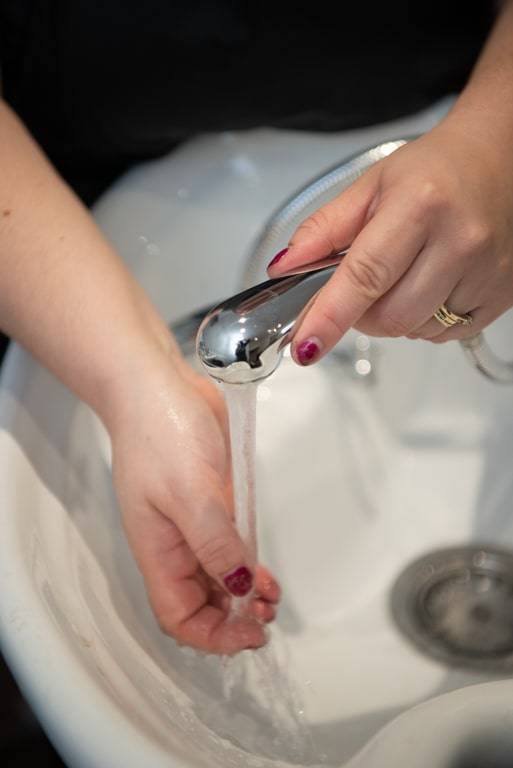
Are Balayage and Ombre the same?
Balayage and ombre are two popular hair colouring techniques that often evoke a sense of effortless beauty and natural elegance. While they share some similarities, there are distinct differences between the two that set them apart. Let’s delve into the world of hair colouring and explore whether balayage and ombre are indeed the same.
For more information on balayages, visit our balayage service page.
What is Balayage?
Originating from the French term meaning “to sweep” or “to paint,” balayage is a freehand hair colouring technique that involves hand-painting sections of hair to create soft, blended highlights. Unlike traditional foil highlights, which tend to create a more uniform look, balayage results in subtle, sun-kissed highlights that mimic the natural variations in hair colour. The technique focuses on lightening the mid-lengths and ends of the hair, leaving the roots darker for a more lived-in effect.
The Esssence of Ombre
Ombre, on the other hand, is a gradient hair colouring technique that involves blending two or more shades seamlessly from dark to light. The transition between colours is typically more distinct than in balayage, with a noticeable contrast between the roots and the ends of the hair. Ombre can be achieved using various methods, including balayage, but the defining characteristic is the gradual fade from one colour to another.
Application Technique
While both techniques involve creating a transition between different shades of colour, the blending and transition in balayage are typically more subtle and seamless. Balayage results in a softer, more diffused effect, with the highlights seamlessly blending with the base colour. Ombre, on the other hand, tends to have a more defined contrast between the darker roots and the lighter ends, creating a distinct gradient effect.
Blending and Transition
While both techniques involve creating a transition between different shades of colour, the blending and transition in balayage are typically more subtle and seamless. Balayage results in a softer, more diffused effect, with the highlights seamlessly blending with the base colour. Ombre, on the other hand, tends to have a more defined contrast between the darker roots and the lighter ends, creating a distinct gradient effect.
Maintenance and Versatility
Balayage generally offers more versatility and flexibility in terms of maintenance and upkeep. The softer, more natural-looking highlights mean that regrowth is less noticeable, allowing for longer intervals between salon visits. Ombre may require more frequent touch-ups to maintain the gradient effect and ensure a seamless transition between colours.


Conclusion: Embracing the Beauty of Diversity
In conclusion, while balayage and ombre share some similarities, they are distinct hair colouring techniques that offer unique results. Whether you prefer the soft, sun-kissed highlights of balayage or the bold, gradient effect of ombre, our skilled colourists at [Salon Name] are here to bring your vision to life. Book a consultation with us today, and let us help you achieve the perfect hair colouring technique that complements your style and personality.
Wisteria Avenue on instagram
Opening Hours
Tuesday : 10 am – 4 pm
Wednesday : 11:30 am – 8 pm
Thursday : 11:30 am – 8 pm
Friday : 10 am – 6:30 pm
Saturday : 9 am – 5 pm
Address
Wisteria Avenue Hair Salon
4 East St. Helen Street,
Abingdon,
Oxfordshire,
OX14 5EA
Contact
T: 01235 534705
WhatsApp: 01235 534705
Email: [email protected]


